Cannons sounded on January 10, 1888, the opening day for Henry Flagler’s new luxury hotel the Ponce de Leon in St. Augustine, Florida. The hotel showered opulence on the nation’s elite so much so, that for the first six seasons guests were by invitation only. Convinced that “The Ponce” would be successful, Flagler quickly set about building his second hotel.
The Alcazar Hotel, from the Arabic term Al-kasr, a word for “Royal Castle”, was designed in the Spanish Renaissance architectural style, with components from Moorish buildings in Spain. It fully opened in 1889 at the cost of over $1 million, and occupied a one-by-three block piece of property directly across from The Ponce. It was originally three stories with 300 rooms, but the upscale guests complained about not having their own private bathrooms. Aiming to please his wealthy guests, the hotel was remodeled and scaled down to 170 rooms, now each with its own bathroom. At that time in 1891, an additional 40 rooms were added in a fourth floor.
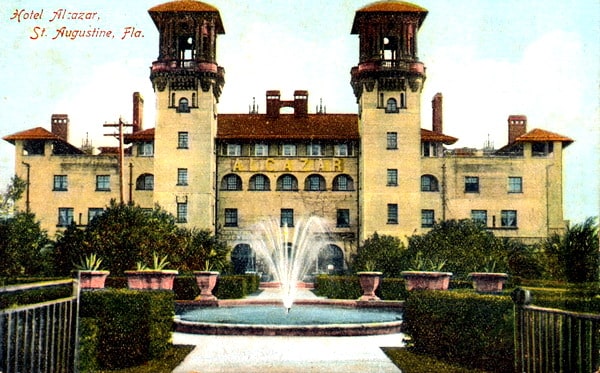
While The Ponce catered to the ‘insanely wealthy’, the Alcazar was less lavish and less expensive for the ‘mildly wealthy’. The three-building complex also housed the “casino” or recreational facilities that were used by both hotels. Guests could enjoy the use of a steam room, massage parlor, cigar room for the gentlemen, gymnasium, sulfur baths, and a three-story ballroom.
Outdoor activities such as tennis, biking and golf were also available. Sophisticated patrons spent pampered winter vacations at the Ponce and Alcazar.
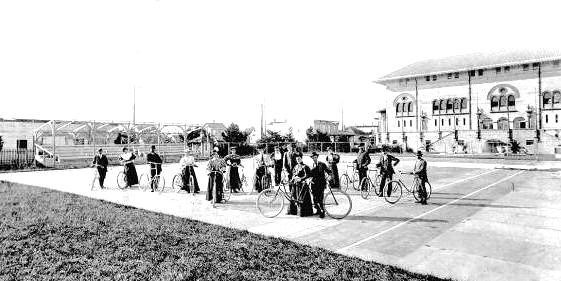
But one of the most notable features of the Alcazar was the indoor swimming pool. Boasting to be the ‘largest indoor pool in the world’, it measured 120 feet long and 50 feet wide, and was fed by an artesian well. Not only did the pool provide the guest with the unique opportunity to swim indoors, but the water was thought to contain healing properties for a wide variety of ailments. There were balconies and a walkway all around the pool, plus a large skylight that would open allowing in sunlight, and also probably helped remove the displeasing odor of the Sulphur water.

As Flagler extended his railroad to Palm Beach, these privileged travelers ventured further south to his newer resorts and warmer weather. This, in addition to the economic collapse of the great depression, resulted in the closing of the Alcazar in 1932.
After remaining closed for fourteen years, Otto C. Lightner, a Chicago publisher, purchased the building in 1946 to house his extensive collection of antiques and artifacts. It opened as the Lightner Museum in 1948, and was soon donated to the city of St. Augustine. It showcases a massive assortment of paintings, sculptures, stained glass, crystal, and eclectic artifacts Lightner collected while traveling around the world.
Now is an especially exciting time for the Lightner Museum as it is celebrating it’s 75 Anniversary with many new exhibits and events.
Visit the lightnermuseum.org for all the details.

Any time while visiting St. Augustine, treat yourself to the experience of Dining in the Deep End of the former Alcazar pool. The huge swimming pool has been completely drained, and at each end are the stone steps leading down to the floor of the pool. As you walk along its length far below the fifty-foot glass roof, you can feel the floor slant gently from the shallow end towards the deep end. And then there, positioned on the floor of the deep end of the old pool, is the charming Café Alcazar. Small tables dressed in crisp white linen are carefully arranged to offer a cozy, intimate dining atmosphere. Mellow piano or acoustic guitar entertainment adds to the ambiance, as you reflect on the lavish parties and social activities of the rich and famous that took place during the Alcazars’ prime.
The Café Alcazar is open daily from 11am-3pm. For reservations and additional information call (904) 825-9948. You won’t be disappointed!

I hope you enjoy your visit to the former Alcazar, as you reflect back to the gilded age in our history. Imagine the people who walked the halls of these fabulous historic buildings. If these walls could talk, oh what grand stories they would tell.
- About the Author
- Latest Posts
Linda Schilling Mitchell has spent 99% of her life in Florida. She enjoys warm weather, the sights and sounds of the ocean and anything and everything to do with her family.
After retiring from the Hotel/Hospitality industry, she spent three years writing Florida history articles for a newspaper in south Florida. These articles were the inspiration for her book My Color-Full Florida.
My book “Dear Miss Schneider, Please excuse Walter…” takes place during the Great Depression, and is a tribute to her mother Victoria Schneider who was a third grade teacher during 1937-1940. It gives a personal look at family life during those difficult years.
And Maggie’s World, well that was Maggie’s idea!
My Color-Full Florida
“Dear Miss Schneider, Please excuse Walter…”
Maggie’s World


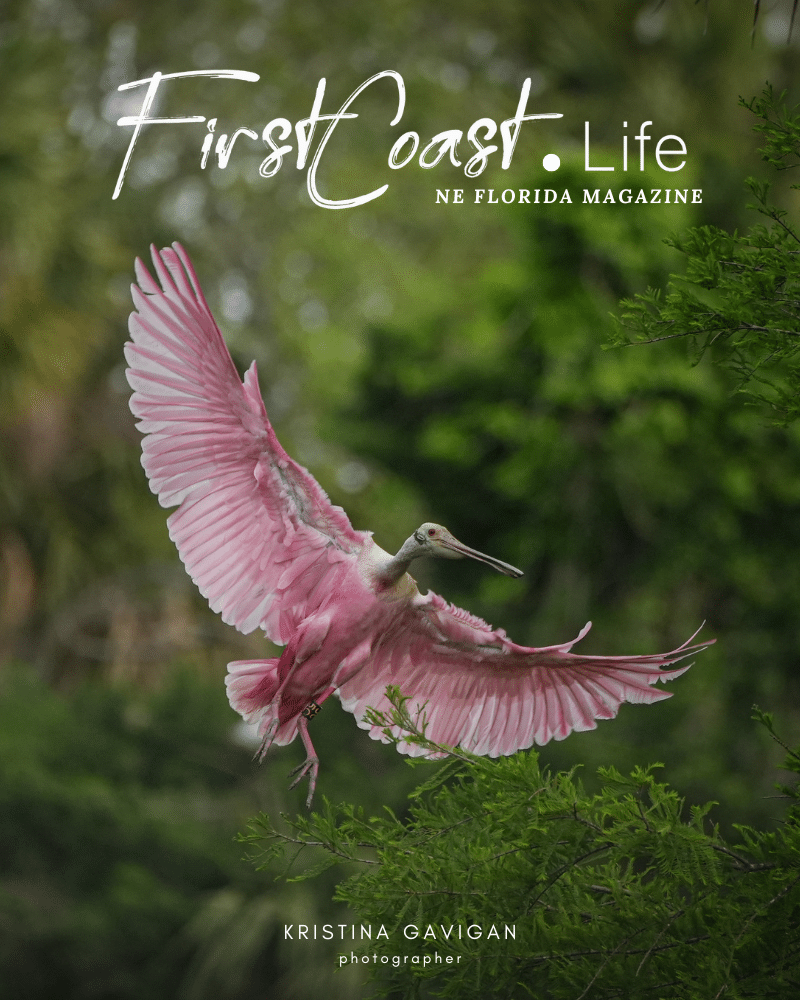





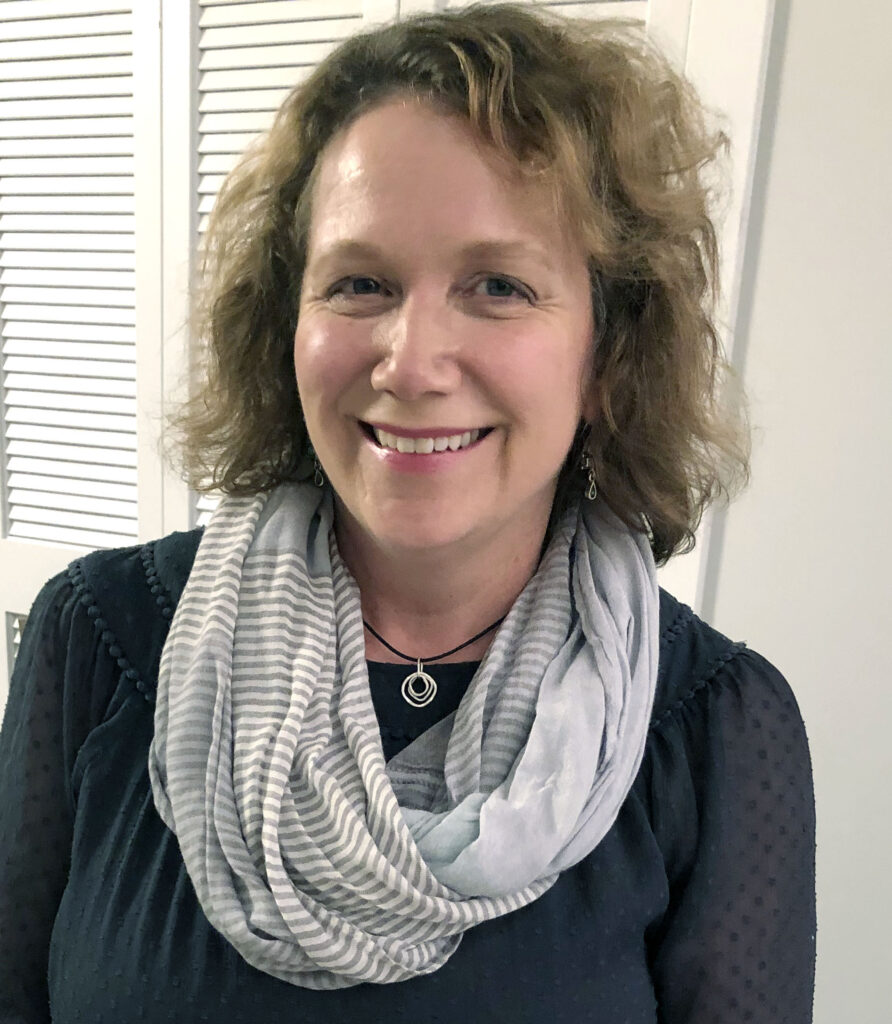
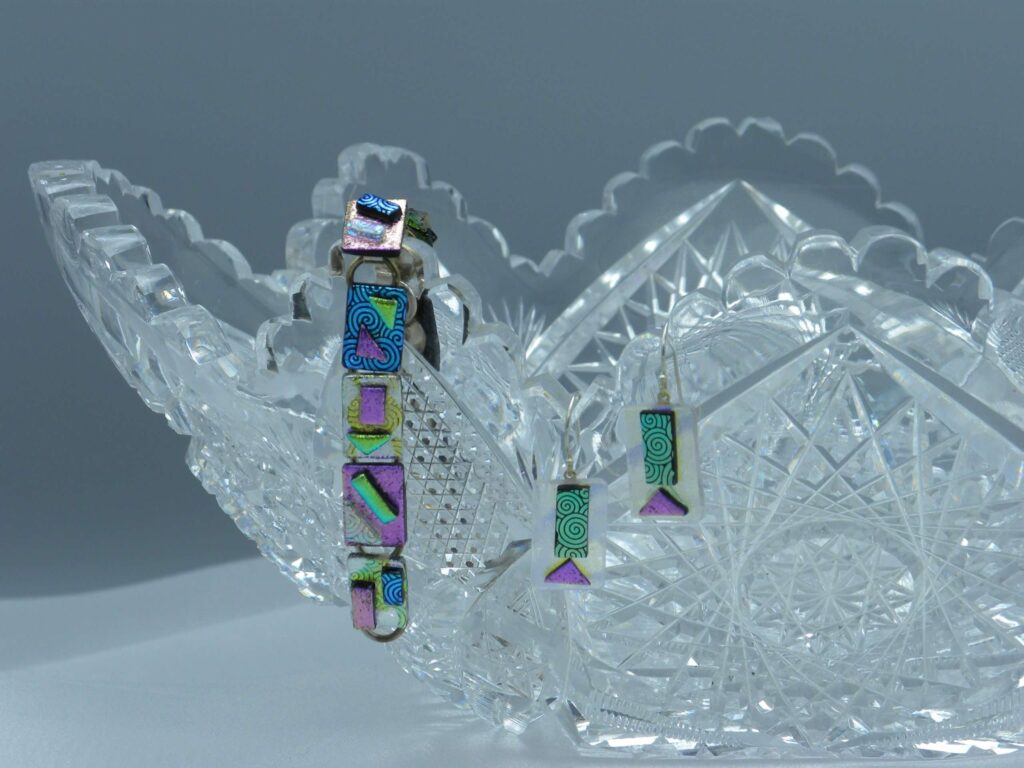


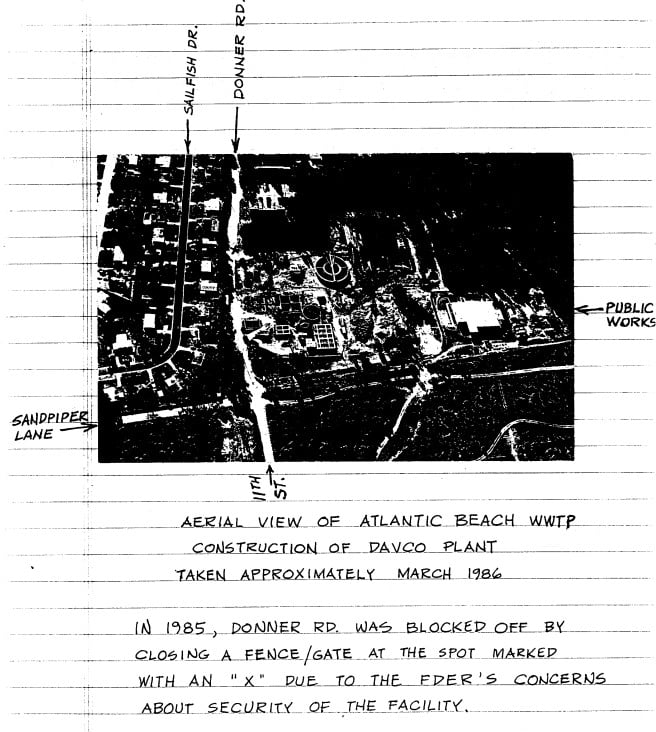



4 Responses
Great article on the Lightner. We got married there, so it was interesting to learn more of its history!
Colleen,
That must have been wonderful! Such a beautiful setting.
Linda alway the most interesting things to write about. Always look forward to her articles.
Thank you so much Alvin!